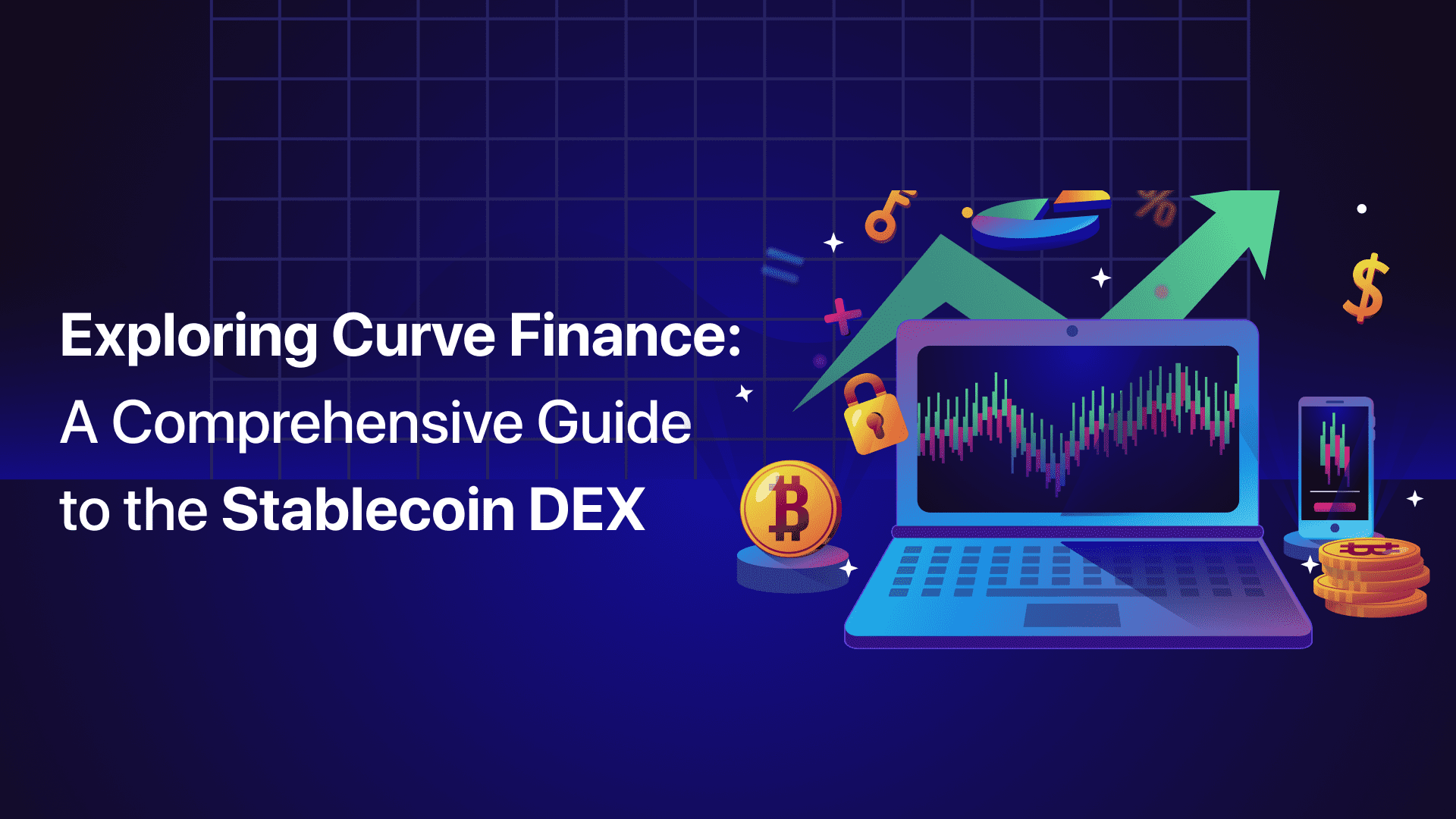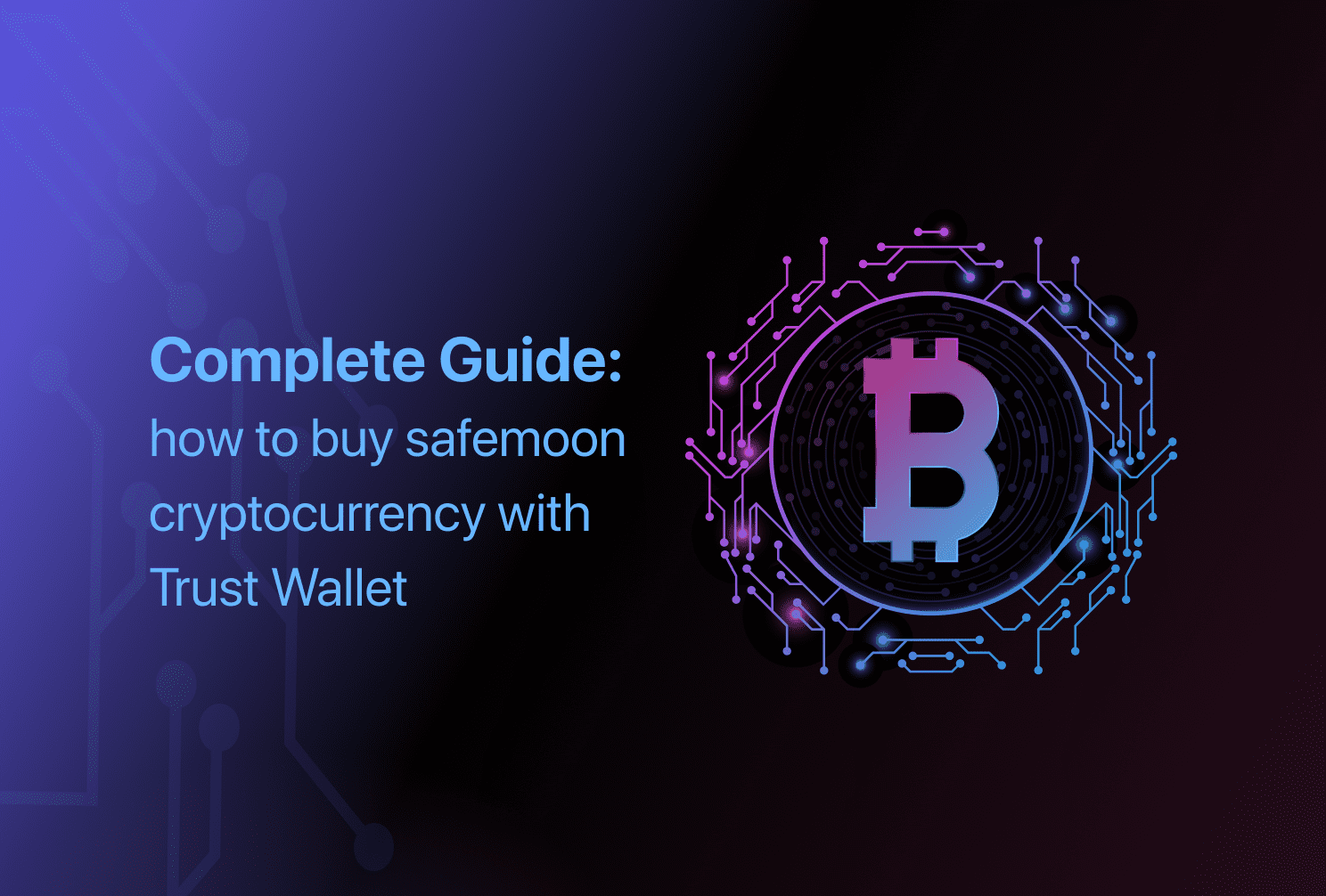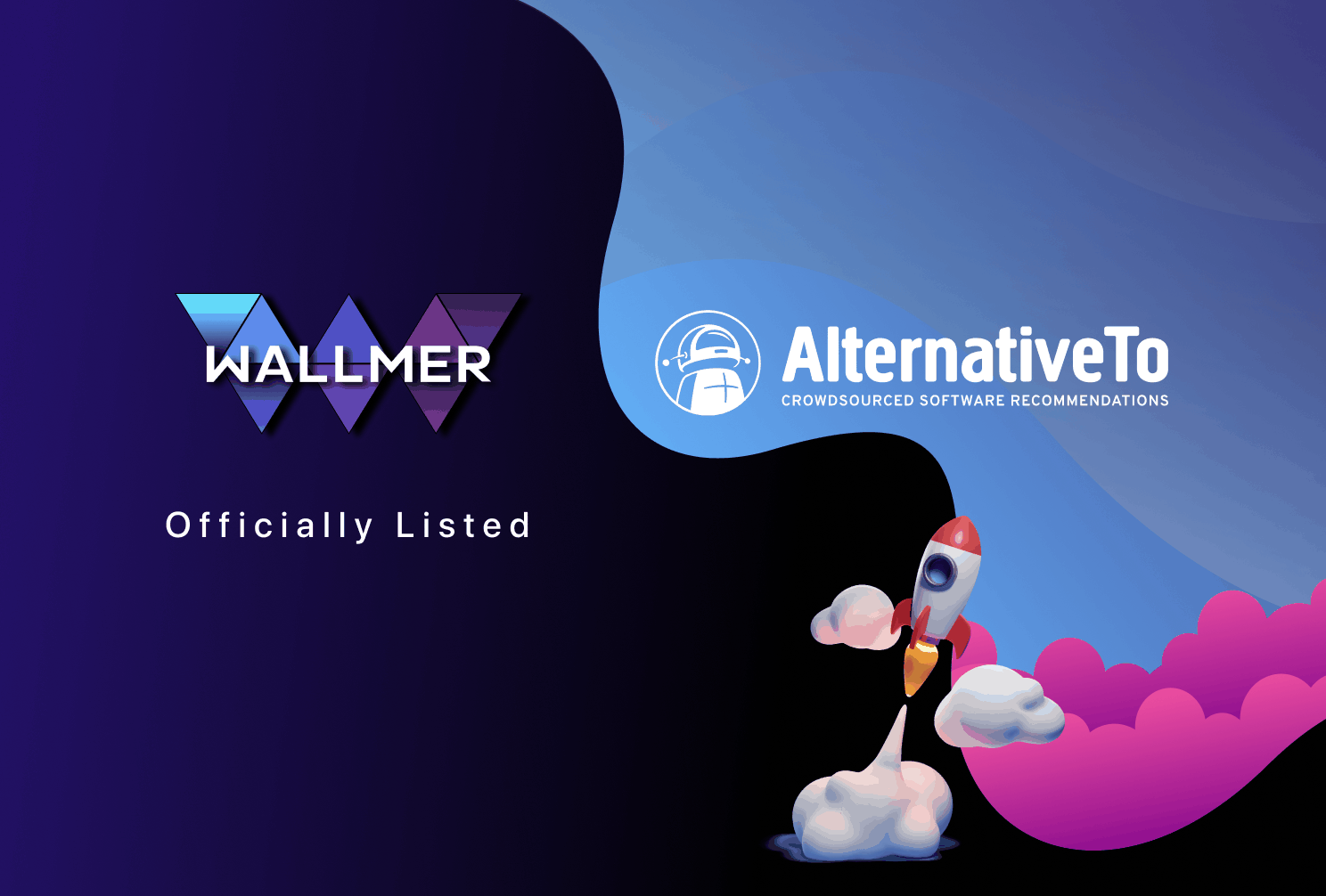A Comprehensive Guide to the Stablecoin DEX
Curve Finance is a decentralized exchange (DEX) that specializes in stablecoins. Launched in 2020, Curve has quickly become one of the most popular DEXs in the DeFi space, with over $10 billion in total value locked (TVL) as of April 2023.
In this deep dive into Curve Finance, we’ll explore what the platform is, how it works, and why it has become a go-to DEX for traders looking to trade stablecoins.
What is Curve Finance?
Curve Finance is a decentralized exchange that focuses on trading stablecoins. Unlike other DEXs, Curve doesn’t allow for trading of any cryptocurrency, but only supports stablecoins that are pegged to a fiat currency, such as the US dollar, euro, or yen. Curve was designed to help traders swap stablecoins with minimal slippage and fees.
How does Curve Finance work?
Curve uses an automated market maker (AMM) model, which means that trades are executed by smart contracts that use algorithms to determine the price of each asset. Traders can deposit their stablecoins into Curve’s liquidity pools, which are then used to facilitate trades between different stablecoins. Each pool is made up of two stablecoins that are pegged to the same fiat currency, such as USDC/USDT or DAI/USDC.
One of the key features of Curve Finance is its low slippage rates, which means that traders can swap stablecoins with minimal price impact. This is because the liquidity pools are heavily optimized for stablecoins, which have less volatility than other cryptocurrencies.
Another benefit of Curve is its low fees. Curve charges a flat fee of 0.04% for each trade, which is much lower than other DEXs. Additionally, traders can earn fees by providing liquidity to the pools. These fees are distributed to liquidity providers based on their share of the pool.
Why has Curve Finance become popular?
There are several reasons why Curve Finance has become a popular DEX in the DeFi space.
First, it is optimized for stablecoins, which are increasingly being used as a store of value and for payments in the cryptocurrency space. As more people turn to stablecoins, the demand for a DEX that specializes in stablecoin trading has grown.
Second, Curve’s low slippage rates and fees make it an attractive option for traders. Because stablecoins have less volatility than other cryptocurrencies, traders can swap between different stablecoins with minimal price impact. Additionally, the low fees make it more cost-effective for traders to execute trades.
Finally, Curve has a strong community of developers and users who are constantly working to improve the platform. This has resulted in a number of new features and integrations, such as the recent addition of Polygon (MATIC) to the platform.
Conclusion
Curve Finance is a decentralized exchange that specializes in stablecoin trading. Its low slippage rates and fees make it an attractive option for traders looking to swap between different stablecoins. With a strong community and a focus on optimization for stablecoins, Curve is poised to continue its growth in the DeFi space.
Read more articles on our blog https://blog.wallmer.com/



